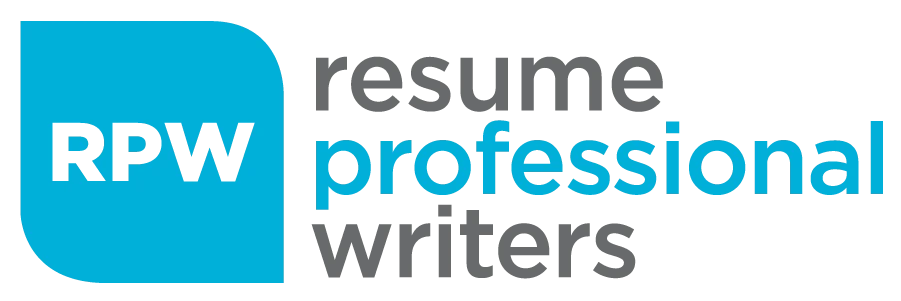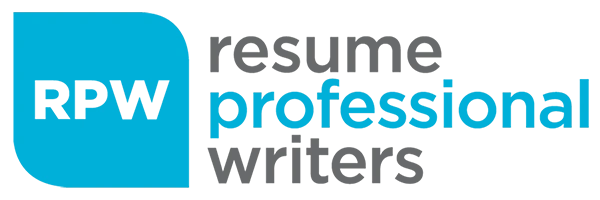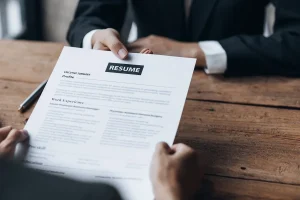As a job seeker, you must realize the value of the hiring process itself. During this stage, you have multiple chances to pitch yourself as the best candidate to hiring managers. Make your job application count by taking advantage of these through your topnotch tools!
With the stiff competition among other job seekers, you must step up your job search game to stand out. To help you ensure a successful job search, these tools include your job search documents such as resume and cover letter. These are crucial to help you land more job offers and lead you to your dream job.
To further enhance your knowledge, let’s tackle the ins and outs of both a resume and cover letter. In this comprehensive guide, we’ve outlined their meanings, sections, and differences. Also, we’ll look at some effective cover letter and resume samples to give you a practical idea on how you can write yours, too!
What is a Resume?
A resume is a tool used to provide a brief overview of your qualifications, skills, and experiences as a job candidate. It follows a certain format based on your job level and job search goals. In most cases, resumes are 1 to 2 pages long. This lets you fill your resume content with the most fitting details to the job you’re applying for.
Parts of a Resume
To give you a brief outline, check out these resume sections you must include.
Contact Details
As part of your resume header, you must put your:
- First and last name
- Address
- Phone number
- Email address
- Updated and optimized LinkedIn profile, if there’s any
Resume Summary or Intro
After your resume header, provide a brief outline of your key feats and qualifications. Since this is going to be one of the first few parts that a hiring manager sees when scanning resumes, your intro should be enticing enough to encourage them to keep reading.
Work History
This is the main part of your resume. Use this to list your past job titles, work experiences, or any positions you’ve held that are most relevant to the job you’re applying for.
The most common format you can use is to list your work history starting with the most recent, filling in these details:
- Job title
- Company name
- Location – city and state
- Dates of employment – month and year
Further, list 3 to 5 bullet points under each work experience to describe your top job duties and most notable achievements.
Related Post: The Ultimate Guide to Writing a Resume with No Work Experience
Education
Highlight the basics of your educational background. Include your school names, highest degree you earned, and other key details. You may also opt to mention your GPA, academic honors or awards, and relevant coursework which can help you further showcase your qualification for the job.
Skills
Make sure to include a mix of your hard and soft skills in your resume. These help highlight how fit you are for the job and gives hiring managers a gist of your professional background as well.
Need more tips for this section? Here’s an in-depth guide on what skills for resume you should include!

What is a Cover Letter?
A professional document used to introduce yourself to an employer, a cover letter is your tool to explain why you want to land a certain job post. As opposed to a resume that serves as a collection or narrative of your qualifications, your cover letter lets you prove your skills and experience background are the best fit for the role you’re vying for.
The usual cover letter length is 300 to 500 words, just enough for you to talk about how you’re the company’s best bet to fill in the job. For you to have a better idea on what to write in a cover letter, read on!
Parts of a Cover Letter
Now, you want to ensure a well-written cover letter that’ll go perfect with your resume. With that, remember to include these key parts in your cover letter!
Header
This is where you must put your contact details such as your full name, address, phone number, and email address. Also, put the date at the top of the page and the recipient’s contact information.
Greeting
The best cover letter opening you can use is Dear [Mr./Ms.] [Hiring Manager’s Last Name]. It’ll be better to use the hiring manager’s name as a way for you to leave a good first impression early on. If their name isn’t available in the job opening details, you can also opt to use Dear Hiring Manager. As long as you don’t use To Whom It May Concern (which sounds too formal and generic), it’s all good.
Introduction
Use this part to say who you are to the hiring manager. Further, make good use of this section to showcase your previous job titles and relevant work experience. You can also include here how you found out about the job opening and why you want to apply for it. Letting the company know where you found their job opening can also help them in their hiring efforts. Think of it as a nice gesture which can be a great way for you to leave a good first impression as well.
Body
For the next paragraph/s, you can now talk about more of the job description and how you aim to contribute to the organization through your skills and professional experiences. What you can do is list your goals for the role to let the employer know that you’re aware of the job’s duties. Further, you may also use bullet points to list relevant career achievements, awards, or key skills that you believe are crucial to land the job.
Conclusion
For your closing paragraph, you have to write a strong statement to further reiterate how fit you are for the role. You may express your genuine enthusiasm for the opportunity of working with them. Also, don’t forget to put your preferred contact info and availability. This way, you’re subtly stating a call to action for them to keep in touch with you. Lastly, thank the hiring manager for spending their time going through your application.
Signoff
You must also be mindful with using the proper cover letter closing. Some of the best ones you must use are:
- Sincerely,
- Regards,
- Best,
- Best regards,
- Kind regards,
- Respectfully,
On the other hand, avoid using informal ones such as:
- Yours,
- Cheers,
- Take care,
- Yours truly,
- Thank you,
- Warm regards,
After this, put your full name and signature.
For a more in-depth guide on how to write a cover letter for a job, check out this general cover letter writing guide!

Differences Between Resume and Cover Letter
While there are a lot of aspects where a resume and cover letter differ from each other, let’s talk about the main ones.
1. Importance and Purpose
In most cases, resumes are required when you apply for a job. This serves as your formal application. In contrast, cover letters may be optional depending on the job requirements. Though, it’ll be best for you to still have a cover letter ready and opt to include it with your resume.
Further, the use of your resume is to present your top qualifications for the job post. In contrast, your cover letter’s purpose is to further explain how and why you’re the best fit.
2. Structure
Similar to a business letter, a cover letter format includes a header, greeting, intro paragraph, body, conclusion, and sign-off. On the other hand, a resume is a more detailed document and has four main resume formats which you can choose from based on your skills, experiences, and job level. The most common parts of a resume include your header, qualifications profile, work experience section, education background, and list of skills.
3. Content
Your resume outlines your work history and education background. Also, it contains a list of your most relevant skills that are crucial to your current job search. A cover letter focuses on the job you’re applying for, so you really have to write tailor-fit ones for each of the jobs you’re considering.
4. Writing Style and Tone
Most of the time, the tone used in resume writing is objective and neutral. This is in contrast with a cover letter, as the tone used in writing this varies per job, yet maintains a hint of personality. Nonetheless, just make sure that the “personality” of your cover letter matches the nature of the job and company you’re applying for.
Resume and Cover Letter Templates
Now that you’re familiar with the meanings and differences of a resume and cover letter, are you ready to write your own job search tools? Check out these effective samples and templates we prepared for you!
Resume and Cover Letter Template #1
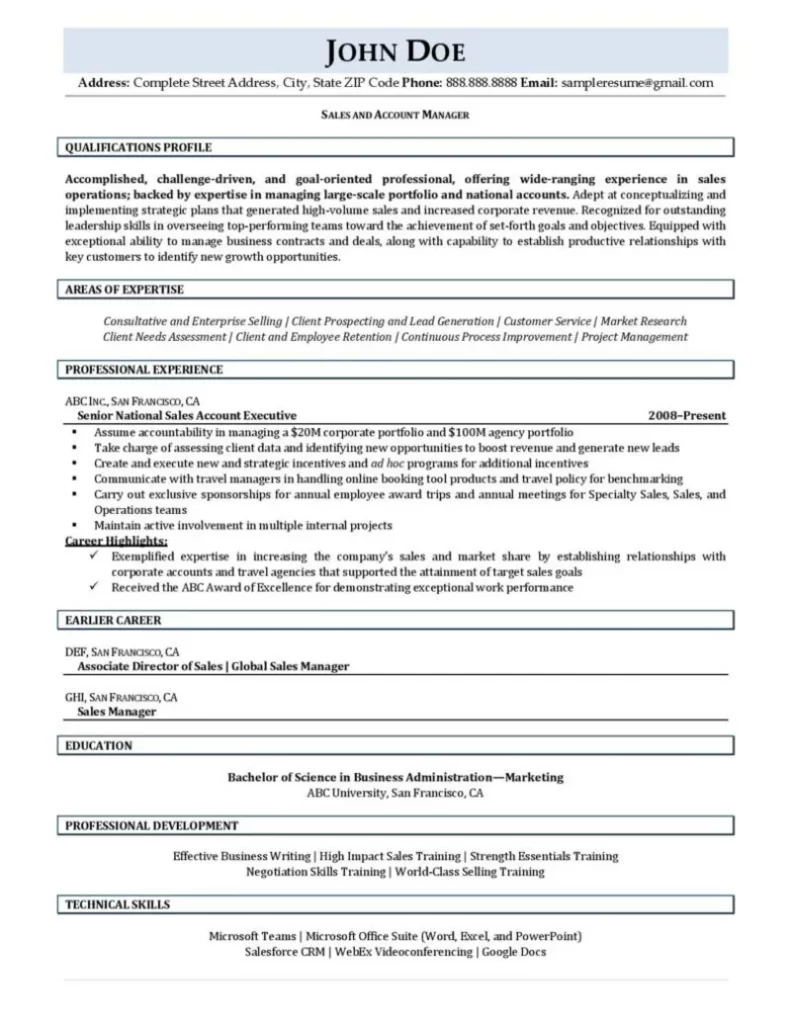
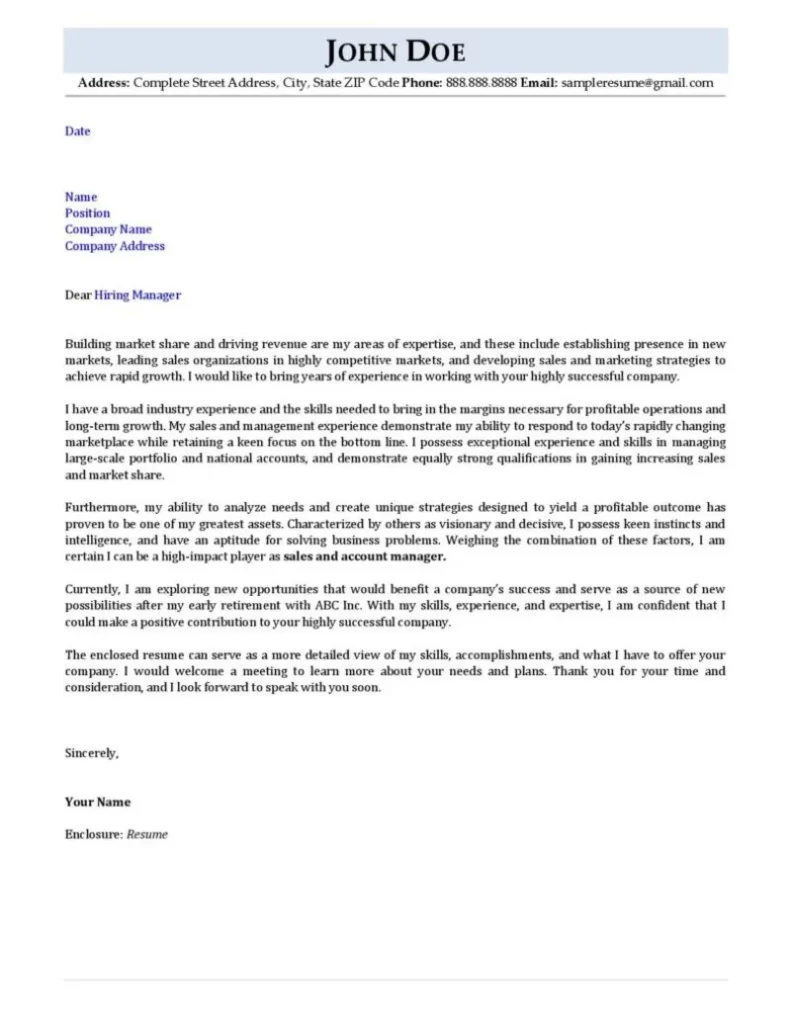
Resume and Cover Letter Template #2
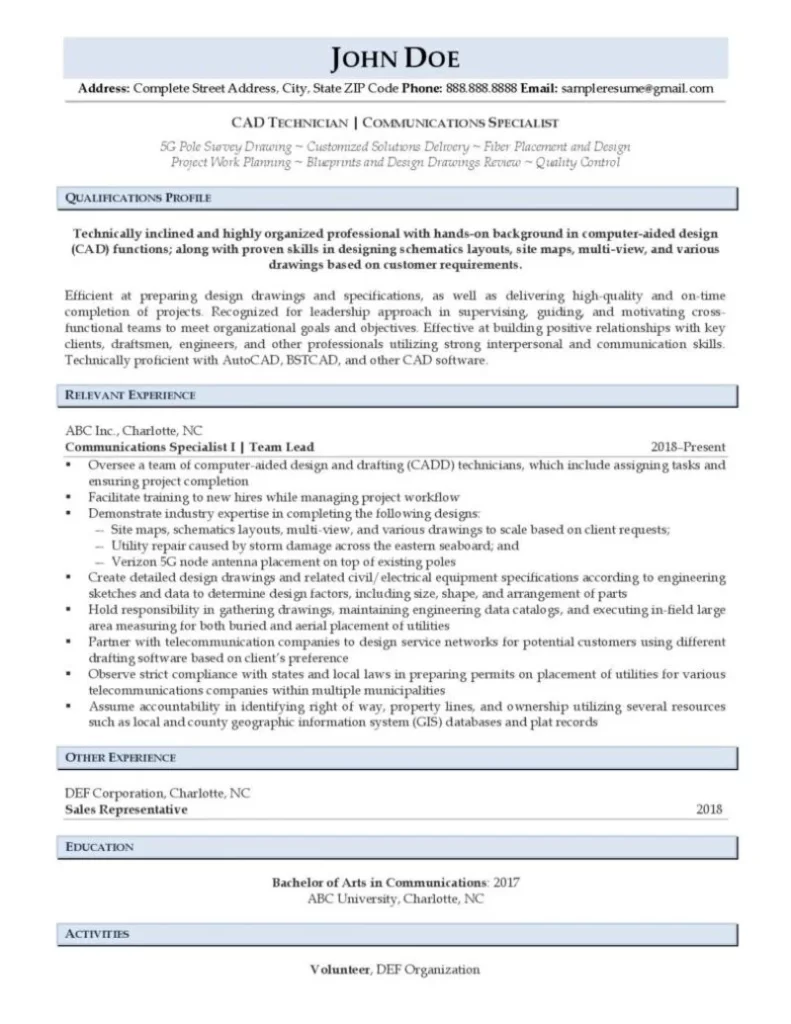
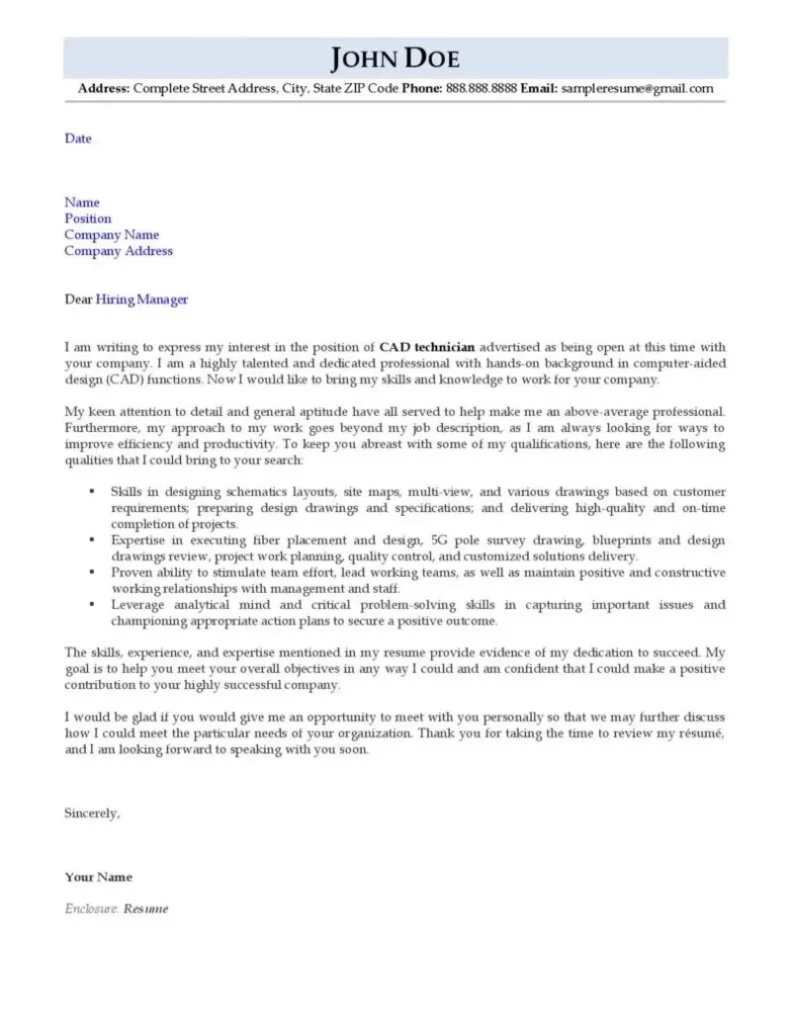
Let an Expert Write Your Job Search Tools
As a job seeker, you want to maximize your time and efforts in ensuring you’ll land your target job. With a lot on your plate, you might have a hard time writing a resume and cover letter that are compelling yet effective. We get you; the whole writing process can get overwhelming and tedious along the way.
Fret not; our team of career experts is dedicated to helping you take that struggle off your to-dos! Check out our best resume writing services today and be armed with a striking resume in no time!
For your cover letter writing needs, avail of our job search tools writing services that are also designed for you. You may contact us for more queries.
